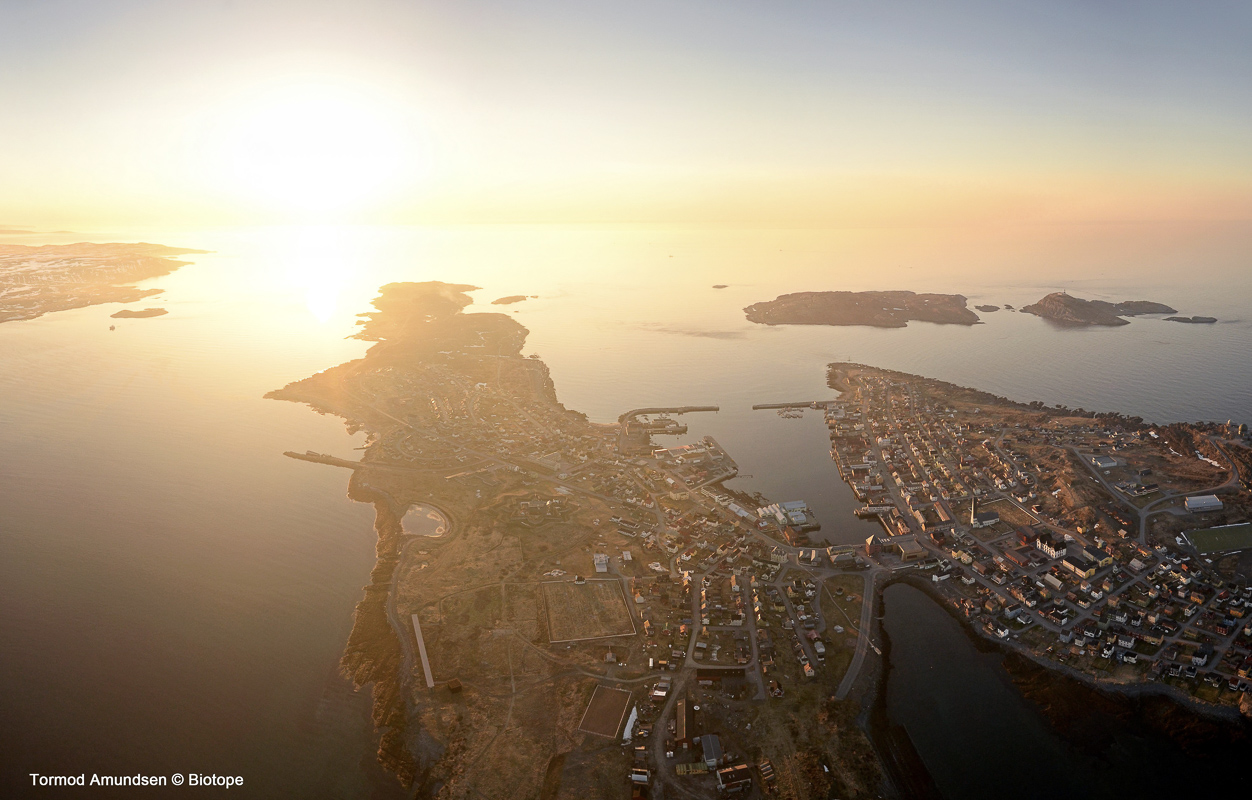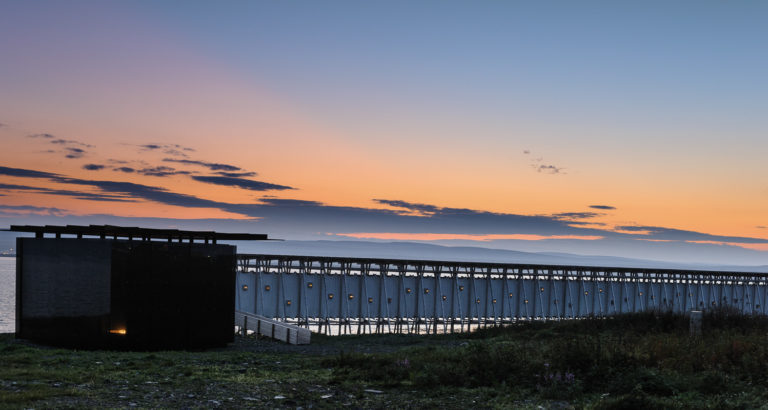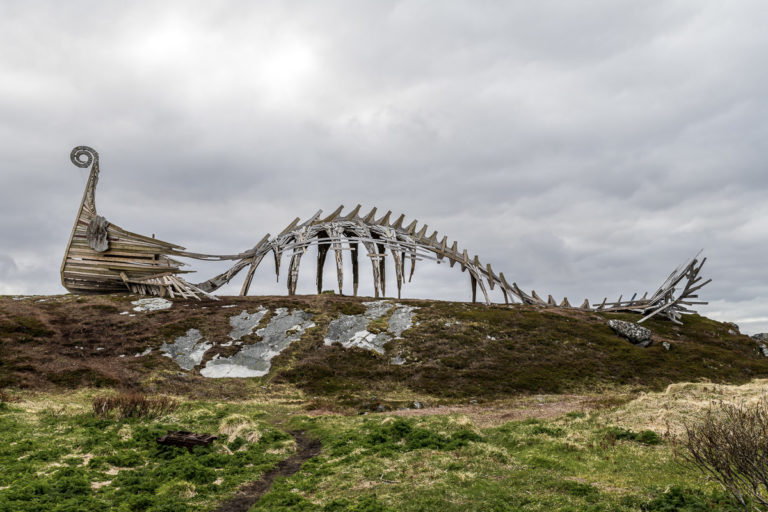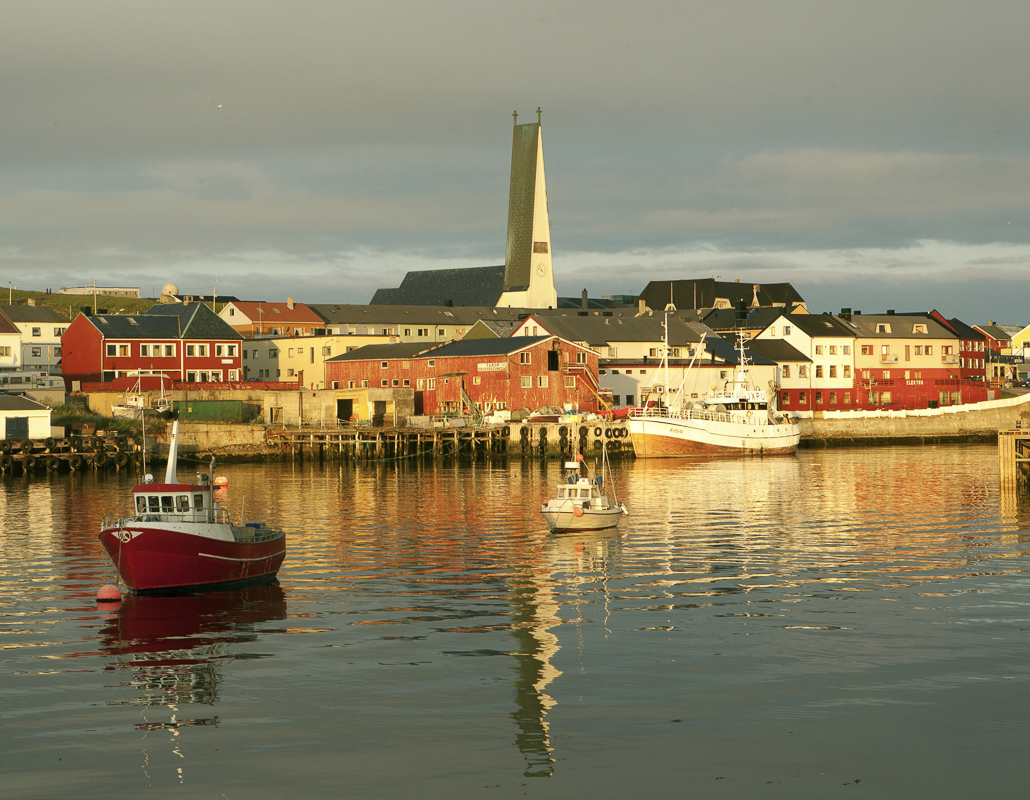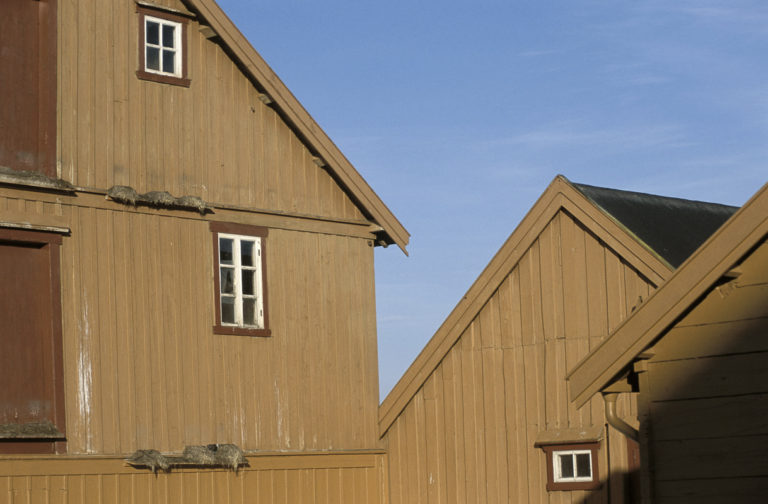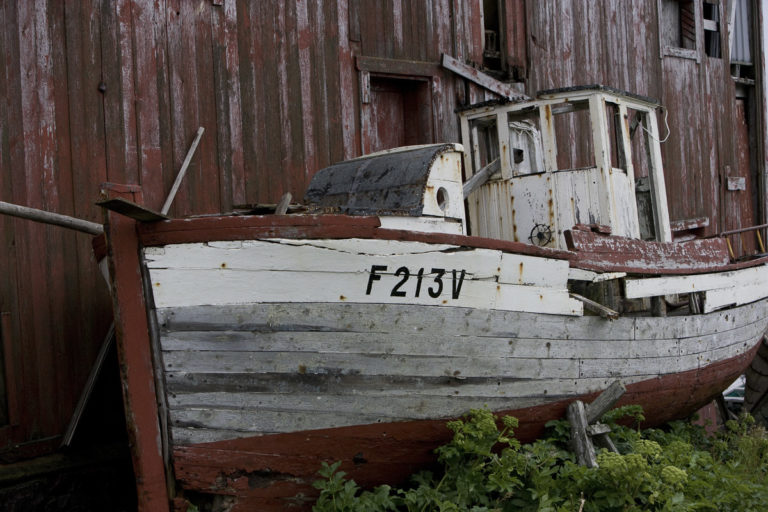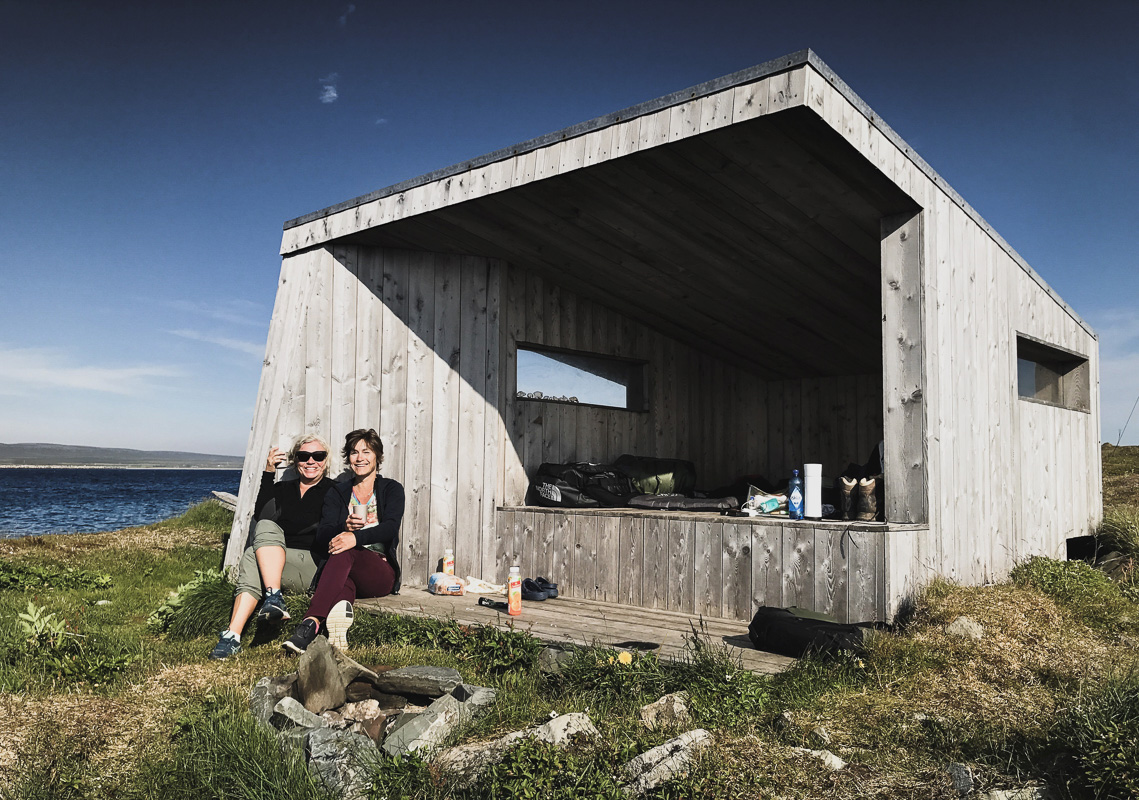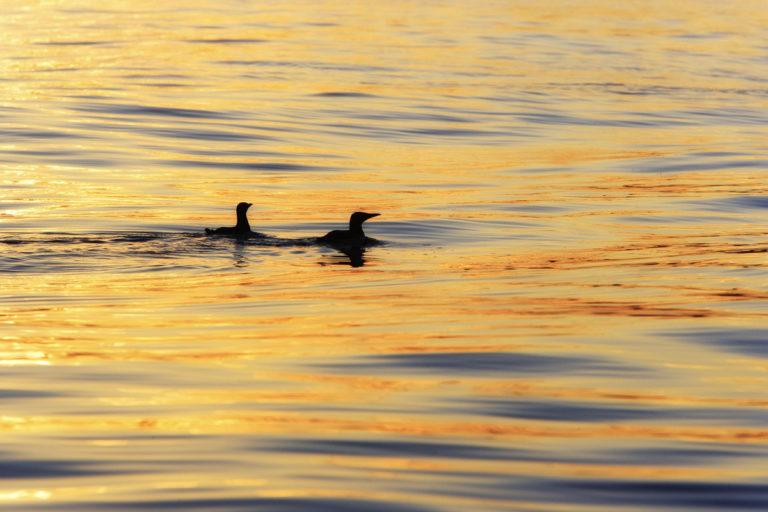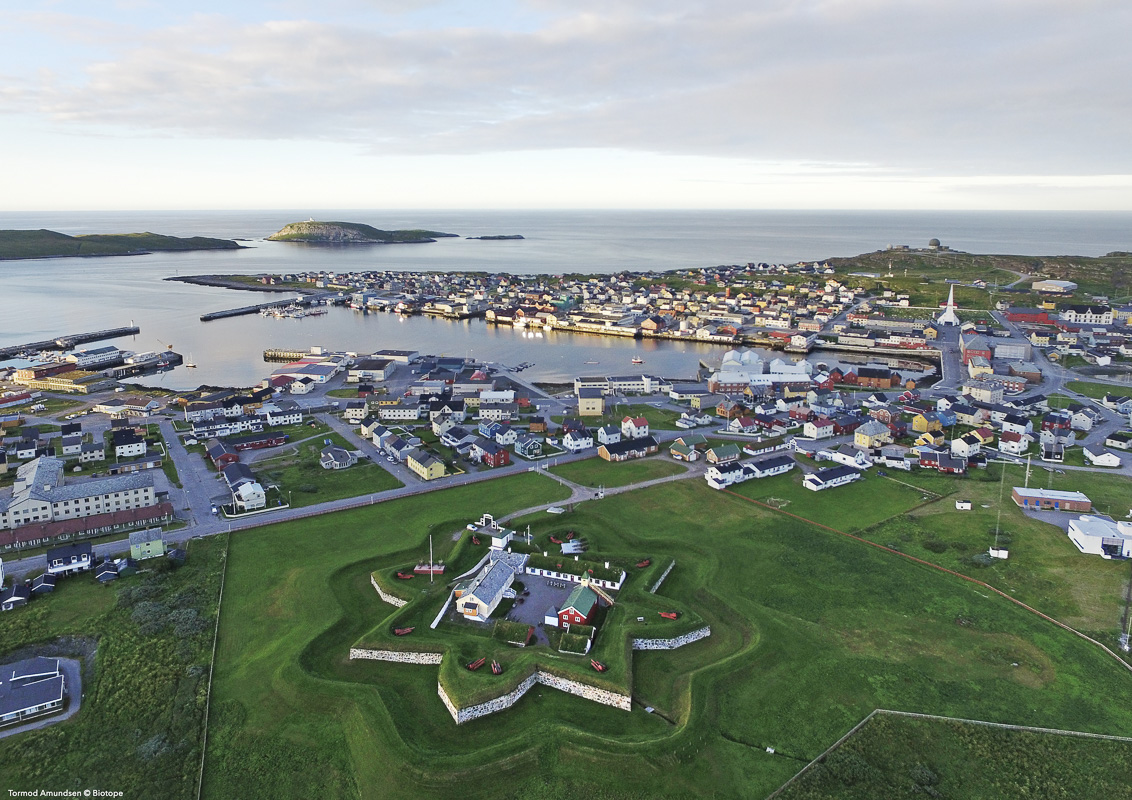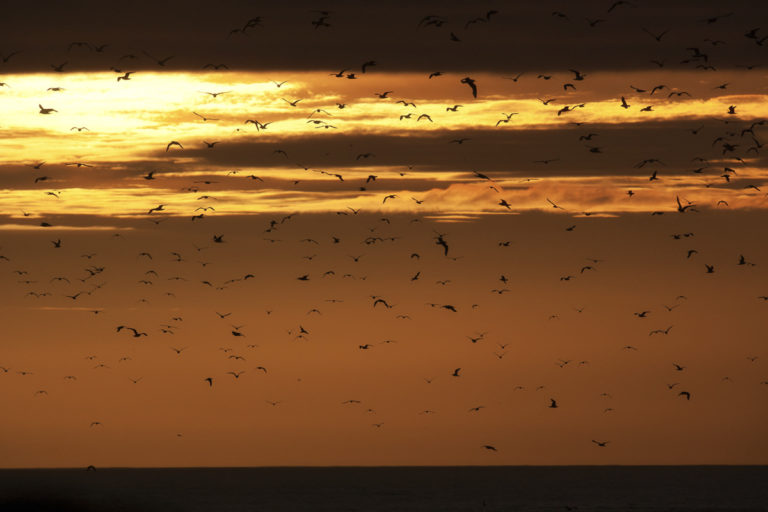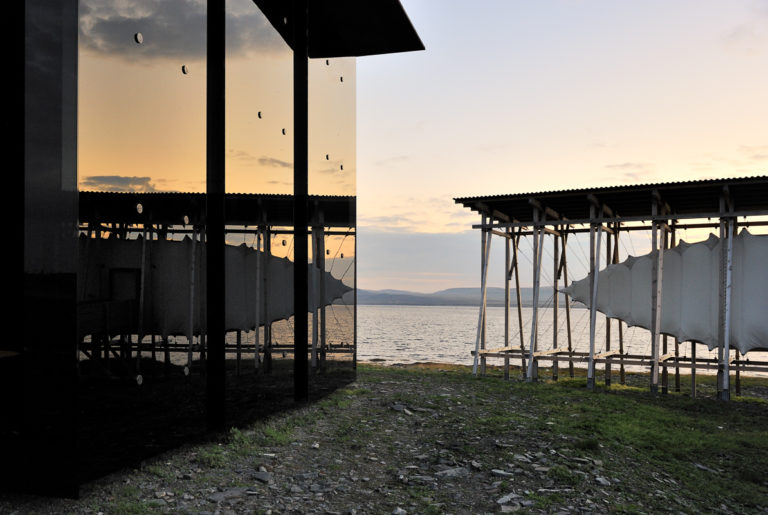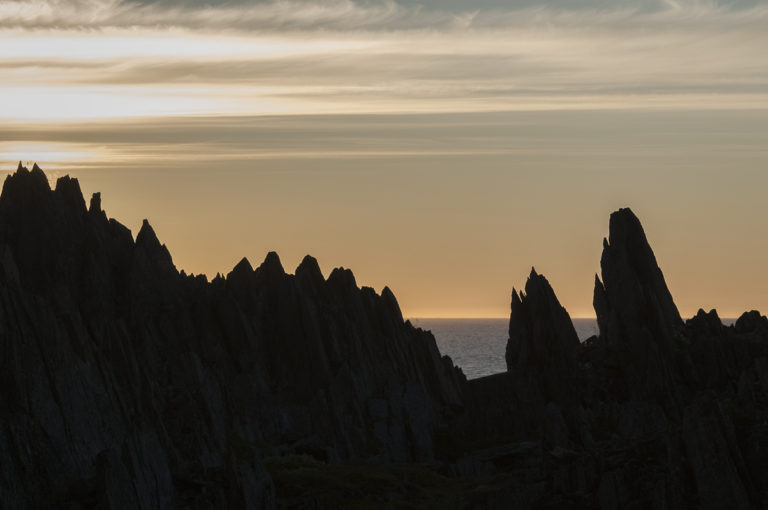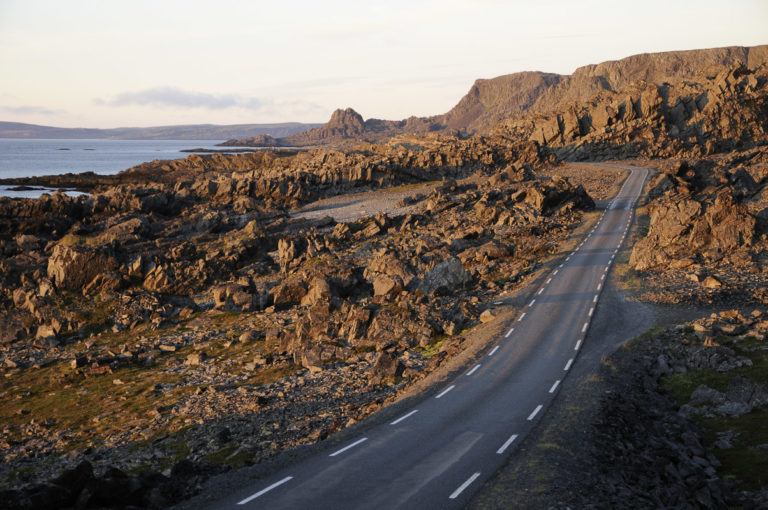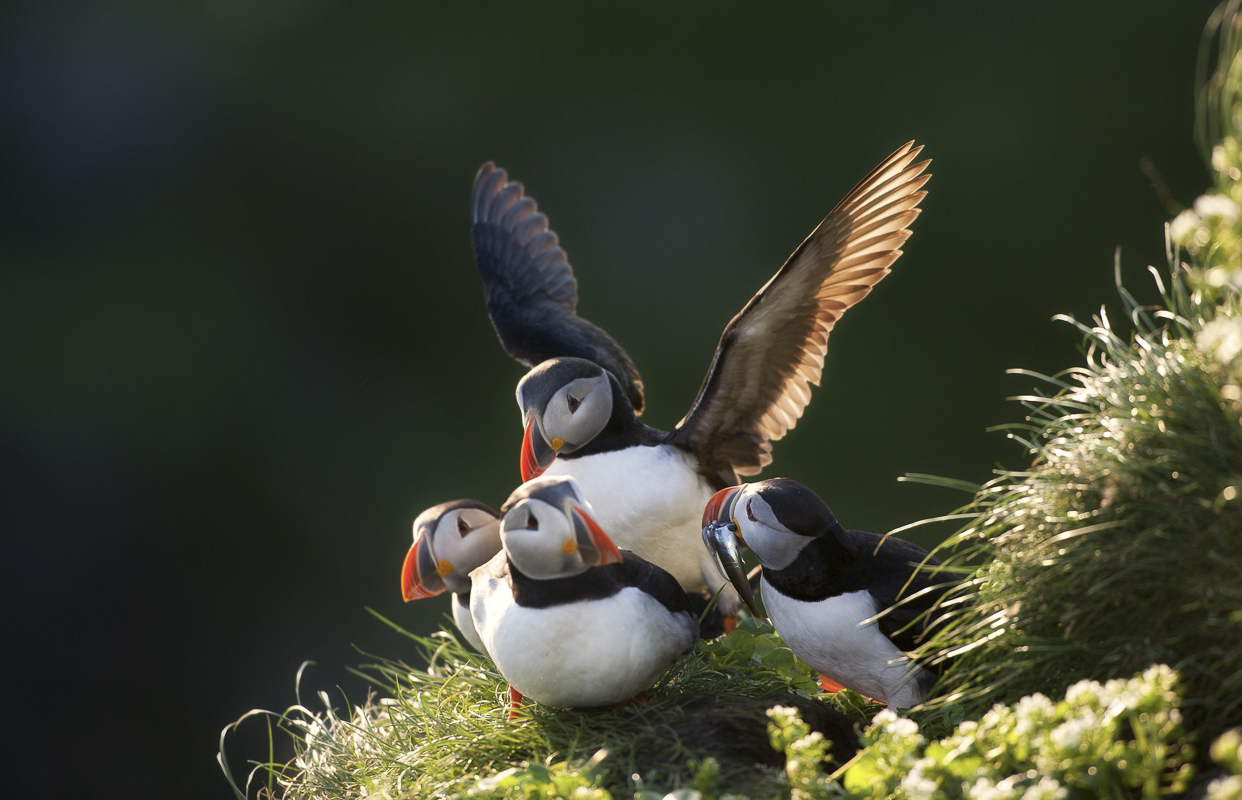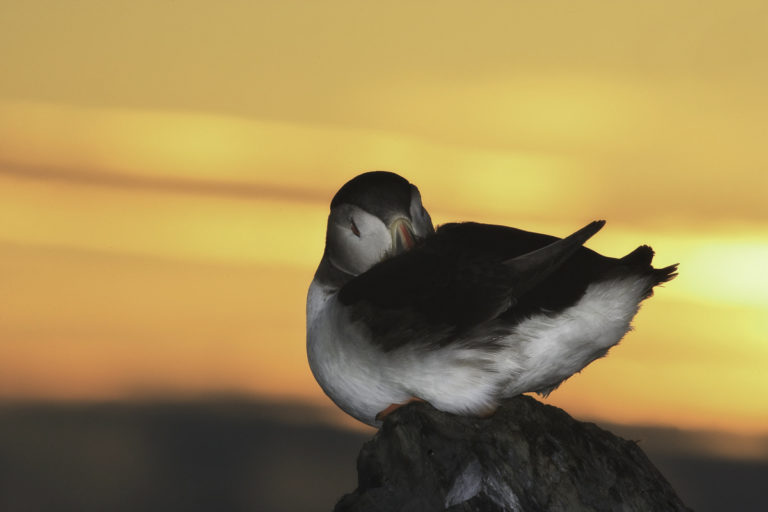Vardø is a historic city, an Arctic outpost and a traditional fishing community. In summer, the best time to explore for photographers is of course at midnight, when the long shadows play with the golden light.
On a butterfly-shaped island you find Norway’s only city within the Arctic climatic zone, a city with traces of a dramatic history, where the decline of the important fishing industry is clearly visible. If you find yourself here sometimes between mid-May and the end of July, we invite you to explore this tiny island city, and you should do it at night, if possible. We have also suggested two excursions for summer insomniacs.
Vardø is in Eastern Europe
Vardø is found in the far north-east of Norway, in fact it is on the same longitude as Saint Petersburg, Istanbul and Alexandria. This means that Vardø should have had Eastern European time, one hour ahead of the rest of the country. Norway observes daylight saving time, so midnight is at one o’clock theoretically. In the westernmost areas of Northern Norway, the sun reaches its lowest point as late as a quarter past one. Vardø, however, has its geographical midnight at between 11:51pm (15th of May) and 00:02 (27th of July). This means you don’t have to stay up late if you don’t want to. However, who wants to go to bed when the sun is up?
5 points to look out for in a midnight stroll
Once you’re in Vardø in summer, you shouldn’t sleep away the night. On the Vardø Island, everything is within walking distance. There are no mountains or steep escarpments, so you can basically walk wherever you like. Try to keep your voices down in residential areas, the locals are used to Midnight Sun and need their sleep.
The witch memorial is a sad reminder of a tragic history
91 people, mostly women but also quite a few men, were burned at the stake for sorcery in the 17th c. in Vardø. They came from villages and settlements along the Arctic coast, but were tried in Vardø. The Steilneset Memorial, usually called the Witch Memorial, is made in their honour. The Swiss architect Peter Zumtor has made a memorial hall, which can be visited around the clock. The American artist Louise Bourgeois made a “flame house”, inside which there is an eternal flame on a chair. Disturbing as these art installations are, they stand out in a treeless landscape and form memorable photo motives.
Find yourself a bird shelter
The area around the Varanger fjord is among the most interesting bird areas in Europe, with a myriads of seabirds, rare arctic species and visitors from North America and Siberia. The local architects at Biotope Architects Bureau have designed special bird shelters at good points. The point is to allow bird watchers to observe birds without being seen by the birds. However, they also have striking, modern lines, and make good photo motives. There is one made out of wood at Steilneset, and another one made of concrete in the harbour. Make sure you don’t scare off the bird life, and let the birders pursue their favourite hobby undisturbed.
The harbour is colour, decay and history
Vardø is situated on an island shaped like a butterfly. The narrow isthmus connecting the two wings is dominated by the square city hall with its pyramidal roof. On both sides, there are traditional wharf houses from the 19thC. that escaped the bombs of WWII flattening much of the rest of Vardø. Mixed in are closed-down fish factories from the industrial heyday of Vardø from the post-war reconstruction. Since the fishing industry is not what it used to be, the abandoned concrete has been decorated with street art. A tour around the port thus offers plenty of motives for the photographer, not least the sunlight playing with the shadows around crumbling concret and vistas of Arctic scenery contrasting with colourful street art.
Drakkar is a fun art project
During the Pomor festival of 2016, three young art students from the northwestern Russian city of Archangelsk made the sculpture Drakkar. Drakkar is a fictional name used for a Viking ship (they were never called drakkars), and the scrulpture has the stem of a Viking ship, including the scary dragon head. The main body looks more like a dinosaur skeleton, though, so the whole thing gets very playful and of course a darling for the photographer.
From Vardøhus Fortress you see Russia
Vardøhus Fortress is a small fortification from 1734, complete with bastions, a gate tower and several historic buildings inside. This is not a good vantage point for the midnight sun, as the care centre for the elderly is blocking the way. However, as a viewpoint of a micro city draped in the golden light of the midnight sun, it is well worth a stop in an evening stroll. From the bastions you see across the Varanger Fjord to the Rybachy peninsula in Russia.
Two suggestions for a midnight outing
We have also suggested two outings that can be done at midnight. These two outings are a bit more demanding, but endlessly rewarding.
Hamningberg is a forgotten village
Hamningberg is a fishing village an hour’s drive northwest of Vardø. This fishing village survived World War II unscathed and is full of 19th c. wooden houses in traditional style, gathered around a little bay with a sandy beach. The fury of the Barents Sea is just metres away. The village is inhabited in summer only, the last permanent inhabitants moved around 1970. The drive goes through a lunar landscape of rocks in bizarre shapes, used in the James Bond film Moonraker. If you drive to Hamningberg at midnight, the café will be closed. Make sure not to make too much noise around the houses, in summer this is actually a living community. You need a car to get here.
Hornøya is the steep bird island
Norway’s easternmost point is the small island of Hornøya, easily seen from Vardø. Here you find the Vardø Lighthouse, a high square tower. The big attraction, though is the birdcliff. On the rocks, the cormorants dry their feathers. The screaming kittiwakes inhabit the rock shelves. The steepest locations are inhabited by the guillemots and the Brünnichs guillemots, otherwise found on uninhabited Arctic islands. Puffins inhabit the grassy turf on top. The island is reached by RiB boat from the harbour of Vardø.
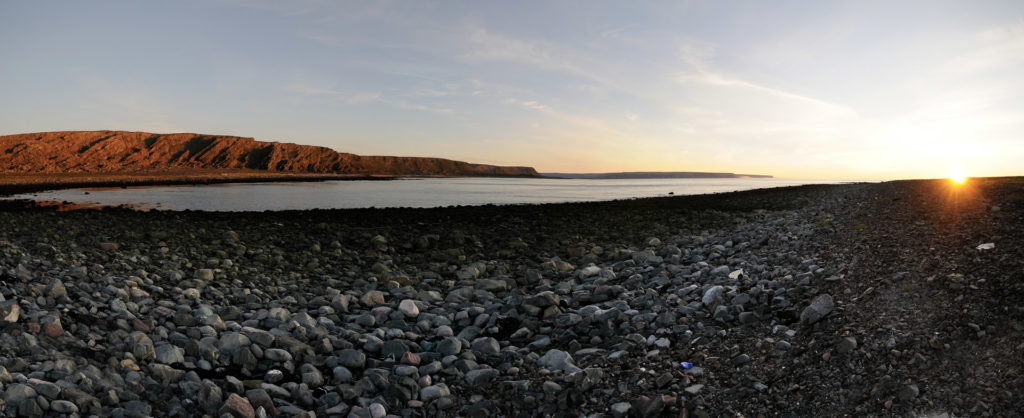
Read more about Vardø
Vardø has a rich and dramatic history, and there is plenty to learn more about.
A little practical about Vardø
Vardø is found in the far north-east of Norway, on the tip of the Varanger peninsula.
Vardø has an airport for small aircraft, with connections to Kirkenes. From Kirkenes you can fly to Oslo directly. Vardø is also a port of call for the legendary Hurtigruten shipping line. There are buses to neighbouring Vadsø and onwards to Kirkenes, Karasjok and Alta.
According to TimeAndDate, the Midnight Sun shines in Vardø from the 15th of May to the 27th of July.
Vardø is firmly off the beaten track. If you come during the Pomor Festival in the 3rd week of July, it might fill up in hotels and guesthouses, though.
Vardø has some 2000 inhabitants
The answer is found in history. Traditionally, to be called a city in Norway, one needed a royal city charter. Christian VII of Denmark-Norway (..the most mad of our kings..) issued the city charter to Vardø and Hammerfest in 1789, the two first cities in Northern Norway. During the 19th. and 20th c., Vardø was indeed an important centre in the trade of fish, and enjoyed close connections with Arkhangelsk in Russia. The merchant class entertained a sophisticated lifestyle through its international trade connections. In 1944 the city was bombed, and most of it burned down. Reconstruction followed in the 1950ies, along with heavy investments in modern fishing industry. In 1969 the city had some 4200 inhabitants, but since then it has declined severely, and now there are only 2000 inhabitants, including nearby Kiberg.
Visit Varanger is the local tourist board, wit accommodation, activities and attractions in the area.
History, heritage and scenery in Eastern Finnmark
Vardø is part of a multi-ethnic region with close cross-border connections to both Finland and Russia.
